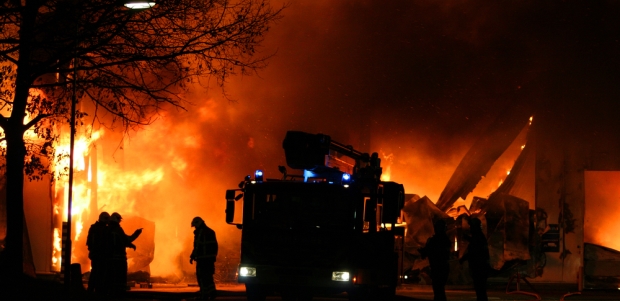
2015 Saw Third-Lowest Firefighter Injury Rate Since 1981: NFPA
The association's report showed there were an estimated 16,600 collisions involving fire department emergency vehicles responding to or returning from incidents during 2015 -- the highest number of collisions since NFPA began collecting data on collisions in 1990.
The National Fire Protection Association's latest edition of its "U.S. Firefighter Injuries" report shows there were 68,085 injuries to U.S. firefighters in 2015. While that is a 7.5 percent increase from the 2014 total, it represents the third-lowest injury rate since 1981, when NFPA began analyzing firefighter injury data.
The association released a summary of the report on Dec. 15. The statistics were collected from fire departments responding to NFPA's annual U.S. Fire Experience survey; it indicates 29,130 (42.8 percent) of the 2015 injuries occurred during fireground operations, with the leading causes reported as falls, slips, and jumps (27.2 percent) and overexertion and strain (27.2 percent).
According to NPFA, the major injuries received during 2015 fireground operations were:
- strains, sprains and muscular pains (52.7 percent)
- wounds, cuts, bleeding, and bruising (13.6 percent)
- burns (5.2 percent)
- smoke or gas inhalation (4.4 percent)
And there were 8,350 documented exposures to infectious diseases, such has hepatitis and HIV, in 2015, and 27,250 documented exposures to hazardous conditions, such as asbestos, chemicals, fumes, and radioactive materials.
In addition, the report showed there were an estimated 16,600 collisions involving fire department emergency vehicles responding to or returning from incidents during the year -- the highest number of collisions since NFPA began collecting data on collisions in 1990.